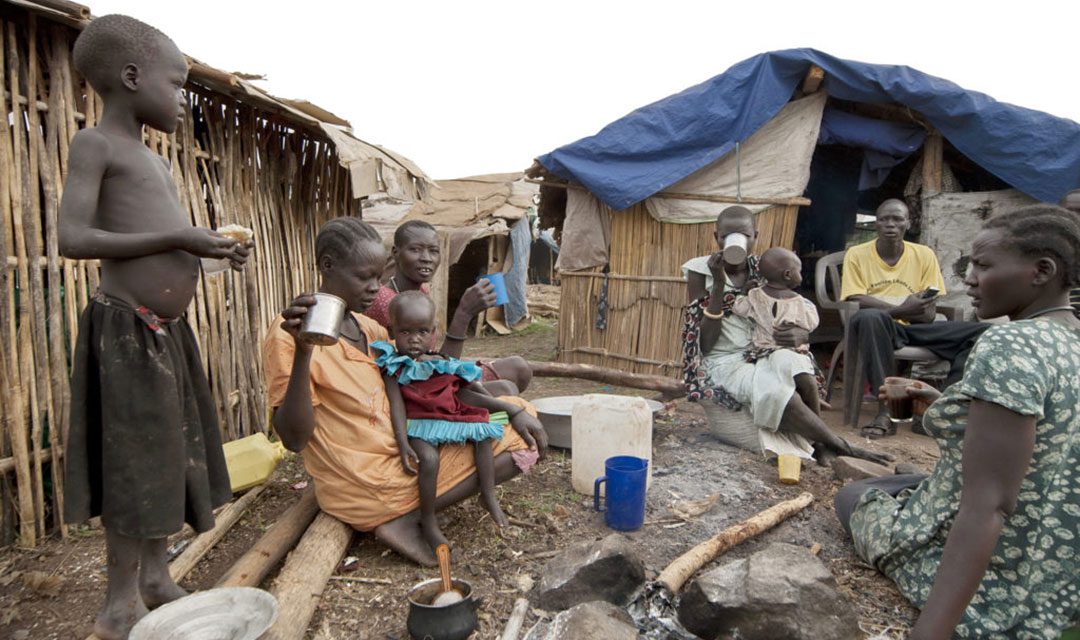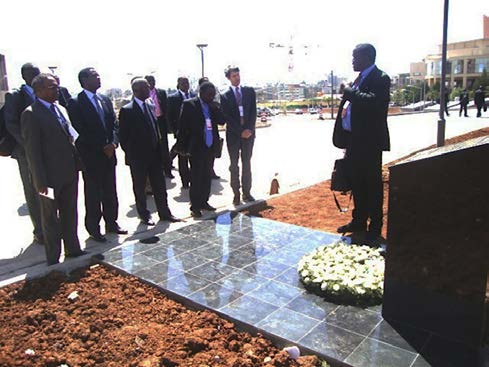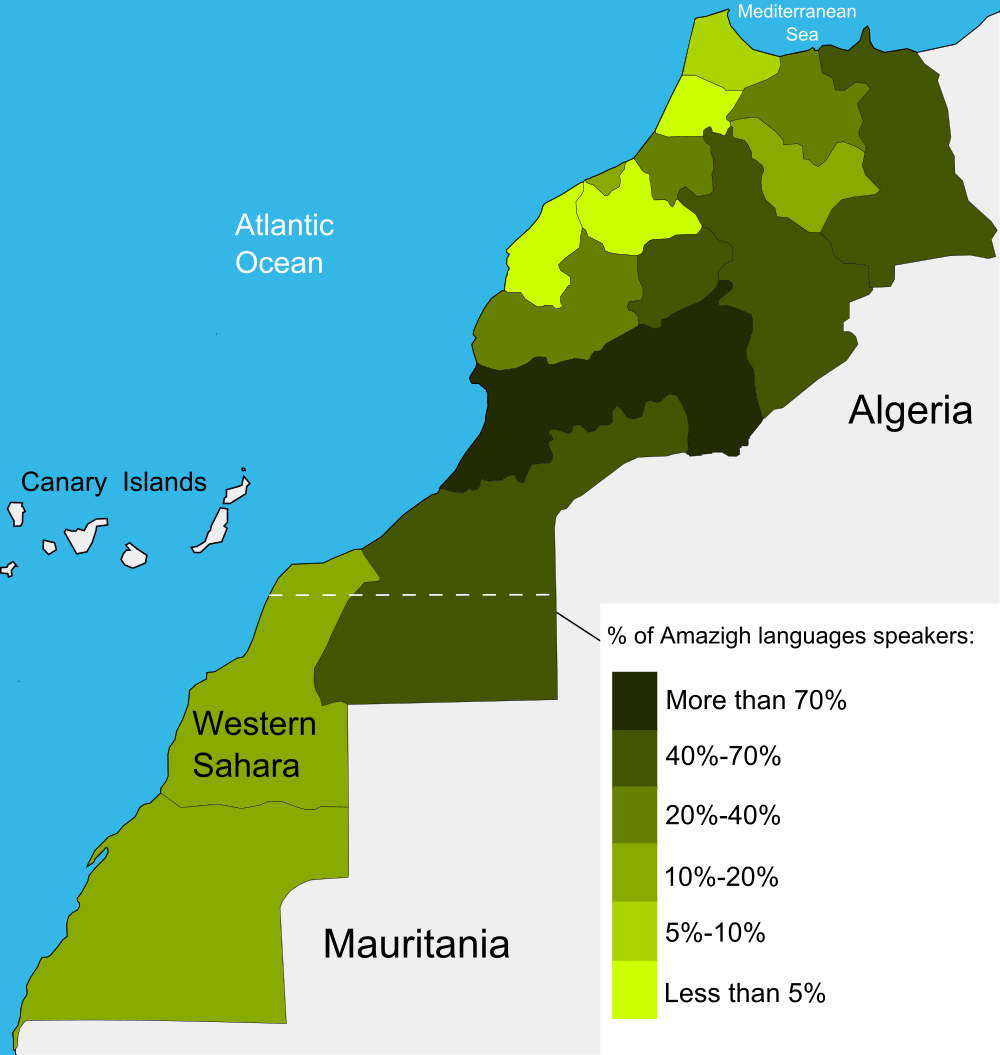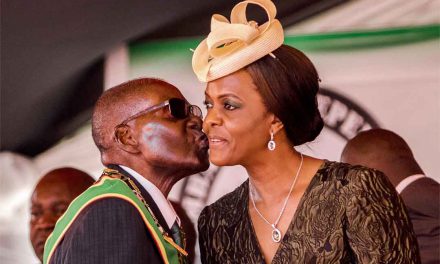South Sudan: a brutal war
The concerns of the political elite revolve around ‘political budgets’ and the price of loyalty
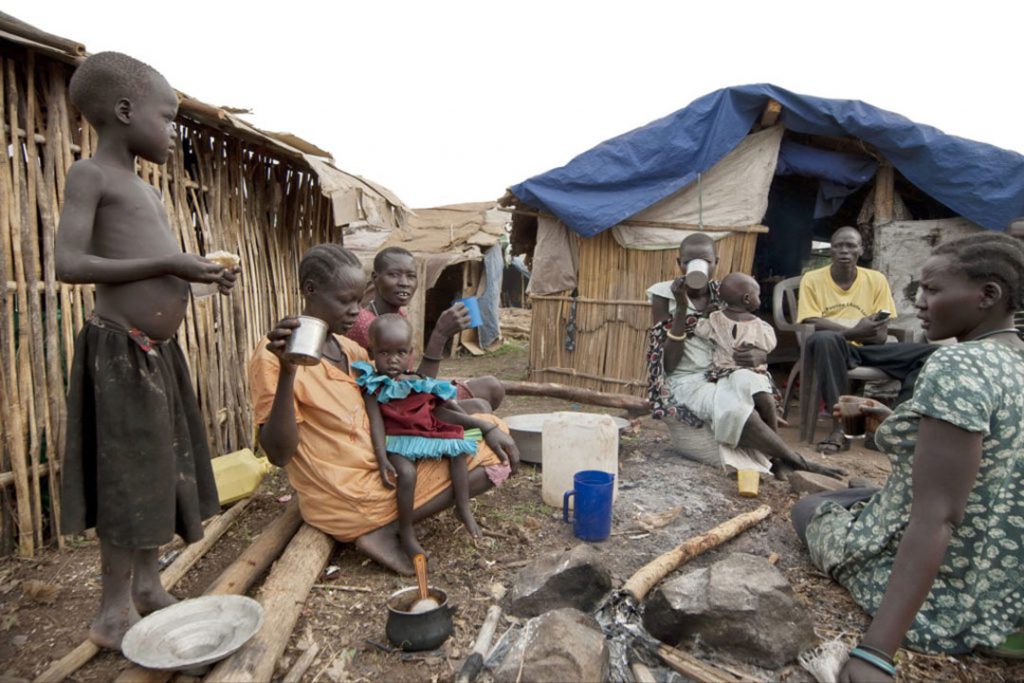
Family in Juba camp for displaced people, South Sudan, 2012 © iStock
When people organise to fight they often frame the reason, and whom they count as friends or enemies, based on ethnic identities. It’s a useful lens, but it is applied perhaps too often. Ethnicity is never a complete explanation for conflict: identity-based mobilisation and animosity are politically constructed. Ethnic identity isn’t simply a card to be played by cunning and cynical politicians—as those who try to ride the tiger of assertive nationalism usually discover to their cost. South Sudan, for example, seems to be a straightforward case of identity conflict, pitting the two largest and most powerful ethnic groups against each other. The Dinka of President Salva Kiir versus the Nuer of Vice-President Riek Machar constituted the majority of the fighting forces of the Sudan People’s Liberation Army (SPLA) in the long war against the government in Khartoum. But commanders from both groups fought one another as often as they fought the northern Sudanese army, notably during an internecine war in 1991 that still evokes bitter memories.
When South Sudan achieved independence in 2011, many observers expected a fierce contest between the two men, and their respective tribespeople, for control of the state. In December 2013 when civil war erupted with reciprocal ethnic massacres— Dinka forces killing Nuer in the capital Juba, then Nuer forces ransacking the Dinka town of Bor, killing hundreds—it appeared they were correct. Certainly, the ethnic factor was always present, but the war in 2013 was more related to the poorly institutionalised, highly monetised personal politicking of the South Sudanese elite. Ethnic identities are part of the story, but are not its central thread. In private, South Sudan’s political elite is concerned less with ethnic identities than with the three main tools of political business: the “political budget”, the “price of loyalty” and the political business model and skill of the politician. The political budget is the money that politicians have at their disposal for buying loyalties and other political services. Where institutions are weak, and rules and regulations are subject to the calculations of the political leader of the day, it’s the exchange of political services and loyalties for material reward that counts. The political budget is the oxygen in the blood supply of the body politic. The price of loyalty is the going rate for these services, and it fluctuates according to supply and demand. When new bidders enter the market— for example the government of a neighbouring country or a foreign donor—those selling allegiances can bid their value up in an auction of loyalties. The market can be tightly regulated and even monopolistic, where the dominant player sets the prices and fixes the rules; or it can have low barriers to entry, free and equal access to market information, and be highly competitive. The political business model and skill of a politician is how he (rarely, she) makes his political business venture work.
Whatever his political goals—promoting himself, protecting his community, enacting an ideological agenda—the political entrepreneur needs networks, the ability to judge people and assess circumstances, and a means of selling the product. This isn’t just corruption or a war economy. The political market isn’t an arena in which all are out for material gain; that would simply be a market of corrupt people. Rather, it is a context in which politicians manage their political business in competition with others. Without a political budget and the needed skills, they and their political goods will fail. The political marketplace is an updated, internationally integrated form of old-style patronage politics. Traditional systems involved a chief bargaining at a slow tempo with his clients, rewarding them with social prestige, grants of land, control over women, and payment in nonconvertible currencies. By contrast, today’s political markets are monetised with hard currency and negotiations are conducted by cellphone at a fast pace. This mode of politics competes with and may displace or reverse processes of state building and institutional development. South Sudan is a salutary example. Upon independence in 2011 the South Sudanese inherited the marketplace system of politics from their erstwhile political masters in Khartoum. They called it “Jallaba politics”—referring to the northern Sudanese traders who peddled soap, matches and other consumables throughout the country’s vast interior, somehow managing to make a profit. South Sudan achieved its long-sought independence with its new leaders playing the same game, using the country’s oil revenues. President Salva Kiir’s “big tent” strategy meant a generous share-out of the petroleum patrimony to more than 700 generals in the SPLA and hundreds of ministers in central and state governments, and through them to their junior officers, hangers-on and miscellaneous clients.
The huge scale of the resources channelled through patronage payoffs and weak institutions for regulating political conduct meant that South Sudan’s stability depended on a balance between political budgets and demands for loyalty payments. The country had no integrated, professionalised army: the SPLA was a vast, expensive agglomeration of armed units, each loyal to its own commander-cum-paymaster. These units were almost all ethnicity-based. Given the propensity of the wealthier generals to marry numerous wives—the army chief of staff, General Paul Malong is said to have 80—a man from a wealthy family can recruit a company, even a battalion, from his own sons and nephews. Two years after independence Kiir could no longer manage the political competition from his own lieutenants. His political budget was declining because of economic mismanagement and a fall in the price of oil. It was essentially a political dispute: Kiir and his rival, the former vice-president, Riek Machar, enjoyed political support across ethnic lines. But the moment shots were fired the political dispute became an ethnic war. Kiir is an ethnic Dinka. To consolidate his position within a disorderly national army he built up a praetorian unit from militia from his home district. First known by the Dinka name tit weng (“cattle guards”), they were renamed dut ku beny (“protect the chief”) and then mathiang anyoor (“brown caterpillars”). These forces were responsible for the military campaigns against the opposition and rounding up “disloyal” civilians. The then army chief of staff, a Nuer, was loyal to Kiir—but could not stop the rampage.
Machar is a Nuer, as are his bodyguards and key military units. When the mathiang anyoor began targeted killings of Nuer in the capital Juba in December 2013, many Nuer units in the SPLA rebelled. Revenge and reciprocal killings followed. Machar’s key political allies included many ethnic Dinka, and they soon found themselves with conflicting allegiances. Ethnic mobilisation is cheap. In the early weeks of the war Machar had little money. He appealed to tribal solidarity, both to raise an army and to assume leadership of the “White Army’—a Nuer youth militia whose leaders organised rapidly and effectively. The president, while using cash payoffs as his modus operandi, eschewed ethnic rhetoric, constructing his appeal to a broad range of groups. That first, intense period of the war pitted two large coalitions against one another, with fierce fighting and killing of civilians in some cities and towns. The front line was mostly in areas inhabited either by Dinka or Nuer, and the army units there had the same identities— turning the combat ethnic. Over months command and control on each side fragmented, mainly because the government no longer had resources to pay its commanders and the opposition lacked a political budget. Local rivalries, some internal to the Dinka and others between the Nuer, as well as opportunistic re-alignments, further confused the picture. At every level the fighting units and the civilian communities bore an ethnic label. In Unity state, for example, the key difference was between the Bul and Lou sections of the Nuer, not between the Nuer and the Dinka. Just before the conflict erupted Jonglei state had been the site of a violent dispute between a group led by David Yauyau, an ethnic Murle, and neighbouring Dinka and Nuer groups, and their respective government-aligned SPLA units.
Commentators spoke of the age-old animosity between the Murle and their neighbours. A few weeks later, the political tectonic plates shifted, and Yauyau made peace with Kiir. Columnists told a different story, this time of reconciliation—and a different set of historic tribal hatreds. War has its own logic: atrocities generate resentment and fear, and people retreat to the security of their kin. Formerly integrated towns become patchworks of ethnic enclaves. The narrative of ethnic grievance is self-reinforcing. But it is much less solid than it might appear. Where there is a conflict, chiefs, generals and journalists call up unforgotten massacres. These memories are real, and become more so when nourished in this way. But for every story that is highlighted others are not chosen. Some involve inter-ethnic solidarity, for example, when different communities combine against an outsider, as with the British colonisers or the northern Sudanese. Others involve intra-group conflicts— tensions with another clan or sub-tribe, for example—which may be overlooked on occasion. If we take a snapshot of a conflict it may appear as ethnically defined. But if we track it over decades we see that it morphs, depending on political circumstances and the decisions of political leaders. These are patterns that we see in other conflicts across this part of Africa. The Somali civil war is usually described in terms of clans, but the particular alignment of clan identities at any particular time depends on political circumstance—and the political business practices of the politician-commanders and their financiers. The clan context both regulates the possibilities for conducting political business and also provides opportunities for marketing.
The war in Darfur is organised around ethnicity, but its political leaders exploit different dimensions of group identity at different times. At the height of the war in 2003/04, the conflict could be caricatured as “Arabs” versus “Africans”. Both terms were political inventions with shallow roots, but they captured an important dynamic. When the conflagration became a multi-sided war, with both coalitions fracturing, there was “tribal” conflict among multiple groups. These were very different types of ethnic conflict—between Arab groups and among fragmented rebel groupings. The changing dynamic of the war was explicable, not by ethnicity, but by the political calculations of the elites, and how they positioned themselves in a turbulent political marketplace. We cannot ignore the ethnic dimension to South Sudan’s war. But we cannot explain the way in which the war has unfolded, including the ethnic labels invoked and the way in which they hold good in some situations and not in others, without attention to the dynamics of negotiated and monetary patronage— the political marketplace.
Alex de Waal is the Executive Director of the World Peace Foundation. His most recent book is “The Real Politics of the Horn of Africa: Money, War and the Business of Power”.

